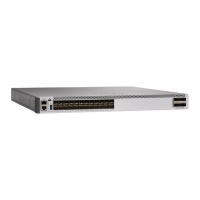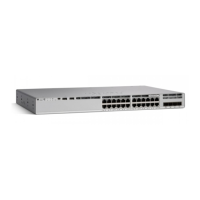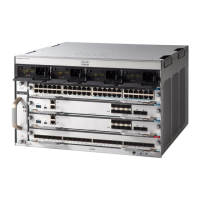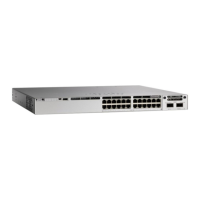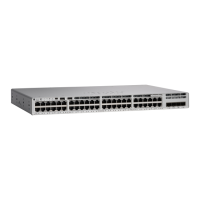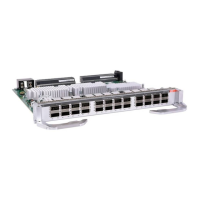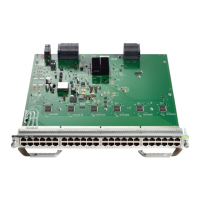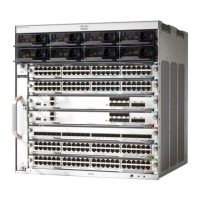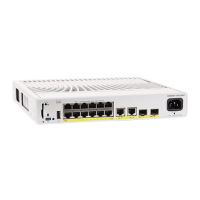IS-IS Routing
IS-IS Dynamic Routing
IS-IS is an ISO dynamic routing protocol (described in ISO 105890). Unlike other routing protocols, enabling
IS-IS requires that you create an IS-IS routing process and assign it to a specific interface, rather than to a
network. You can specify more than one IS-IS routing process per Layer 3 Device or router by using the
multiarea IS-IS configuration syntax. You then configure the parameters for each instance of the IS-IS routing
process.
Small IS-IS networks are built as a single area that includes all the routers in the network. As the network
grows larger, it is usually reorganized into a backbone area made up of the connected set of all Level 2 routers
from all areas, which is in turn connected to local areas. Within a local area, routers know how to reach all
system IDs. Between areas, routers know how to reach the backbone, and the backbone routers know how to
reach other areas.
Routers establish Level 1 adjacencies to perform routing within a local area (station routing). Routers establish
Level 2 adjacencies to perform routing between Level 1 areas (area routing).
A single Cisco router can participate in routing in up to 29 areas and can perform Level 2 routing in the
backbone. In general, each routing process corresponds to an area. By default, the first instance of the routing
process configured performs both Level 1and Level 2 routing. You can configure additional router instances,
which are automatically treated as Level 1 areas. You must configure the parameters for each instance of the
IS-IS routing process individually.
For IS-IS multiarea routing, you can configure only one process to perform Level 2 routing, although you can
define up to 29 Level 1 areas for each Cisco unit. If Level 2 routing is configured on any process, all additional
processes are automatically configured as Level 1. You can configure this process to perform Level 1 routing
at the same time. If Level 2 routing is not desired for a router instance, remove the Level 2 capability using
the is-type global configuration command. Use the is-type command also to configure a different router
instance as a Level 2 router.
For more detailed information about IS-IS, see the “IP Routing Protocols” chapter of the Cisco IOS IP
Configuration Guide, Release 12.4. For complete syntax and usage information for the commands used
in this section, see the Cisco IOS IP Command Reference, Release 12.4.
Note
Nonstop Forwarding Awareness
The integrated IS-IS NSF Awareness feature is supported for IPv4G. The feature allows customer premises
equipment (CPE) routers that are NSF-aware to help NSF-capable routers perform nonstop forwarding of
packets. The local router is not necessarily performing NSF, but its awareness of NSF allows the integrity
and accuracy of the routing database and link-state database on the neighboring NSF-capable router to be
maintained during the switchover process.
This feature is automatically enabled and requires no configuration. For more information on this feature, see
the Integrated IS-IS Nonstop Forwarding (NSF) Awareness Feature Guide.
Routing Configuration Guide, Cisco IOS XE Everest 16.6.x (Catalyst 9500 Switches)
147
Configuring IP Unicast Routing
IS-IS Routing
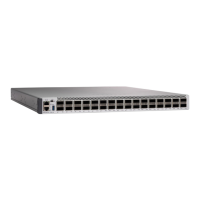
